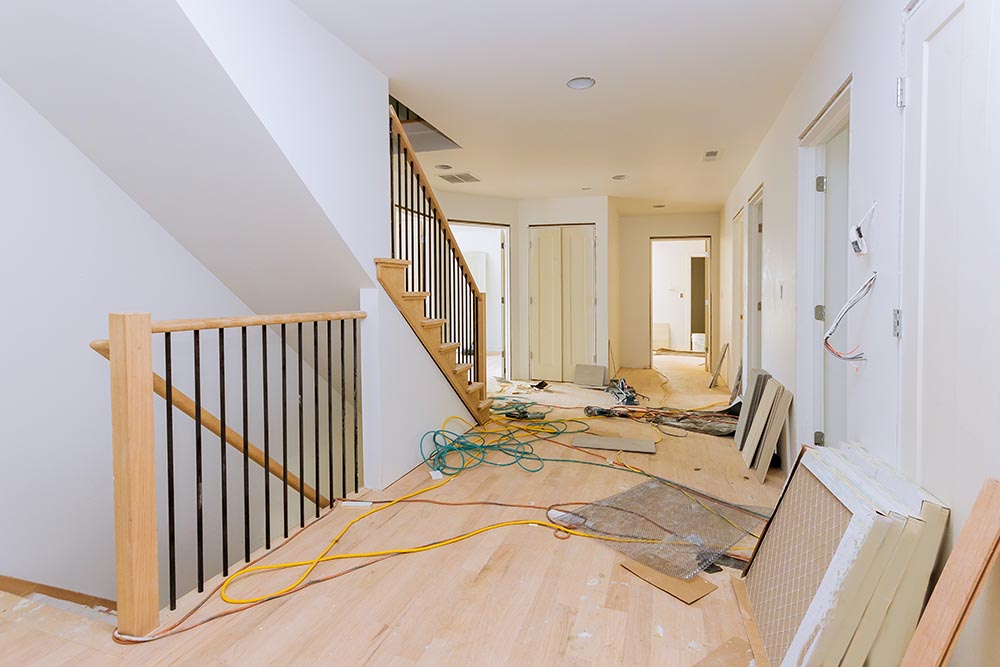Step-By-Step Guide to Flipping a House
Investors who flip homes can earn a hefty return over a relatively short time frame, but house flipping involves a lot of risks. Here are five steps to make sure you understand how to flip houses before losing thousands of dollars in your business.
Step 1: Identify Your Market
Not every market is a good fit for flipping houses. Many real estate investors refer to markets according to a class ranking:
- Class A – the wealthiest housing markets, populated by higher-income professionals
- Class B – solid middle-class
- Class C – definite blue-collar, working-class
- Class D – lowest-income earners.
If you’re interested in flipping houses for profit, you’ll need to know the average sale price of homes in the area to identify projects that have the best capital potential. You should also know the types of homes being sold.
Step 2: Build a Solid Business Plan
Real estate investors are entrepreneurs, and they need a business plan to make money.
It doesn’t have to be fancy, overflowing with corporate lingo, but it has to include a budget, a timeline, and project scope.
Some questions to consider when building a business plan include:
- How much do you have to invest?
- How much do you want to hold in reserve?
- Do you have enough to cover renovation draws until you’re reimbursed?
- What kind of scope are you comfortable with?
Avoid structural problems and mechanical problems, since they involve pulling permits. Your margins may be narrower, but the project will move much faster, be lower risk, and cost less.
Step 3: Find a Lender Before Making a Purchase
Before you ever make an offer, make sure you have a lender who can fund your deal. When comparing pricing on bridge loans for flipping houses, pay particularly close attention to fees.
Interest rates will be high on all bridge loans, compared to long-term traditional homeowner mortgages, but they actually matter less. In most cases, you’ll only be making a handful of payments, so interest rates have less impact on your total house flipping costs than fees do.
Step 4: Start Networking with Contractors
While you will likely work with a lot of contractors, title companies, appraisers, inspectors, lenders, brokers, and lawyers in your fix-and-flip career, forging strong relationships early on can help you make money flipping houses. Experience professionals that are affordable, stick to deadlines, and are easy to work with can be your smartest move.
You also need to start building relationships with contractors before you buy your first flip. You want to start getting quotes from general contractors, electricians, roofers, plumbers and painters to help you outline your expenses, and stay on budget.
Step 5: Buy, Renovate and Sell Your House
There are many strategies to find below-market deals on homes to flip. Once you’ve confirmed that the property doesn’t have any unpleasant surprises waiting for you, walkthrough with your contractors. Make a plan, schedule and outline any problem areas that might take the most time or require the most investment.
After all the work is done, it’s time to sell. For your first few house flipping deals, start by working with an expert local realtor. If you decide you love flipping homes, you can always invest the time and money to get your own realtor’s license.
Empire Construction Group: Dependable Contractors
If you are searching for a dedicated team of contractors, look no further. We are here to help ensure you get the results you deserve for your construction project – big or small. Call today for a free estimate.

